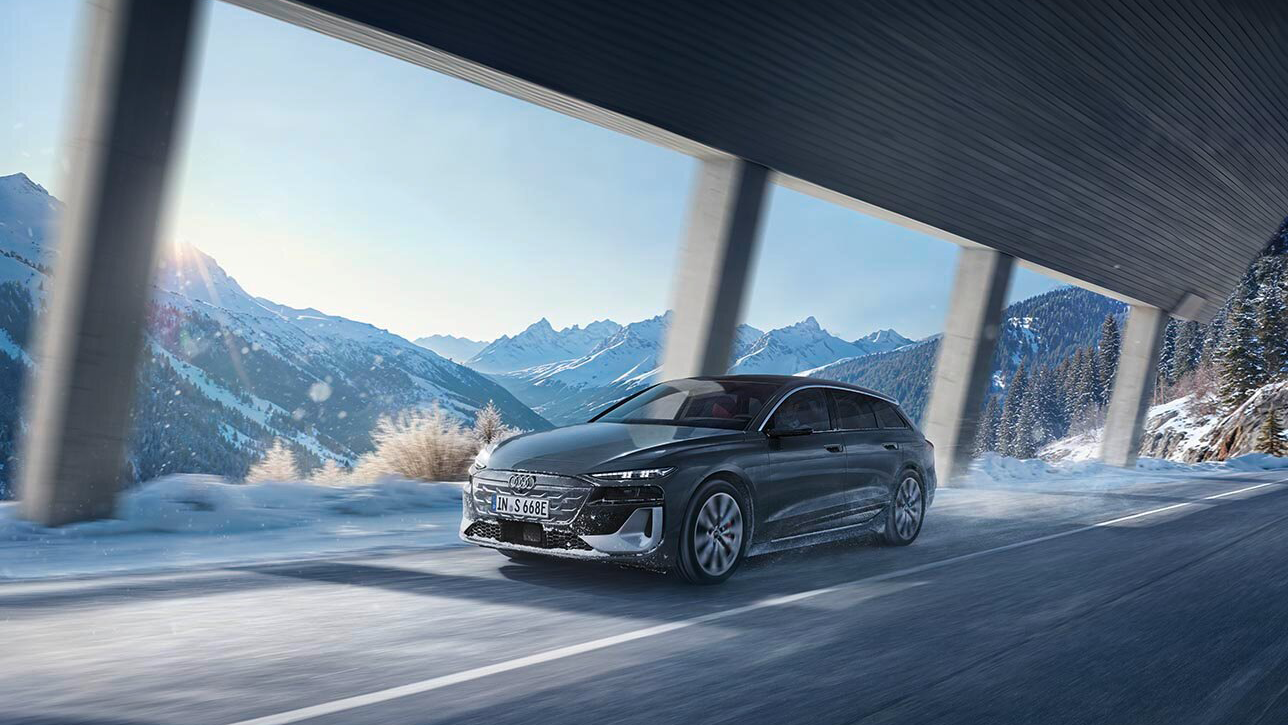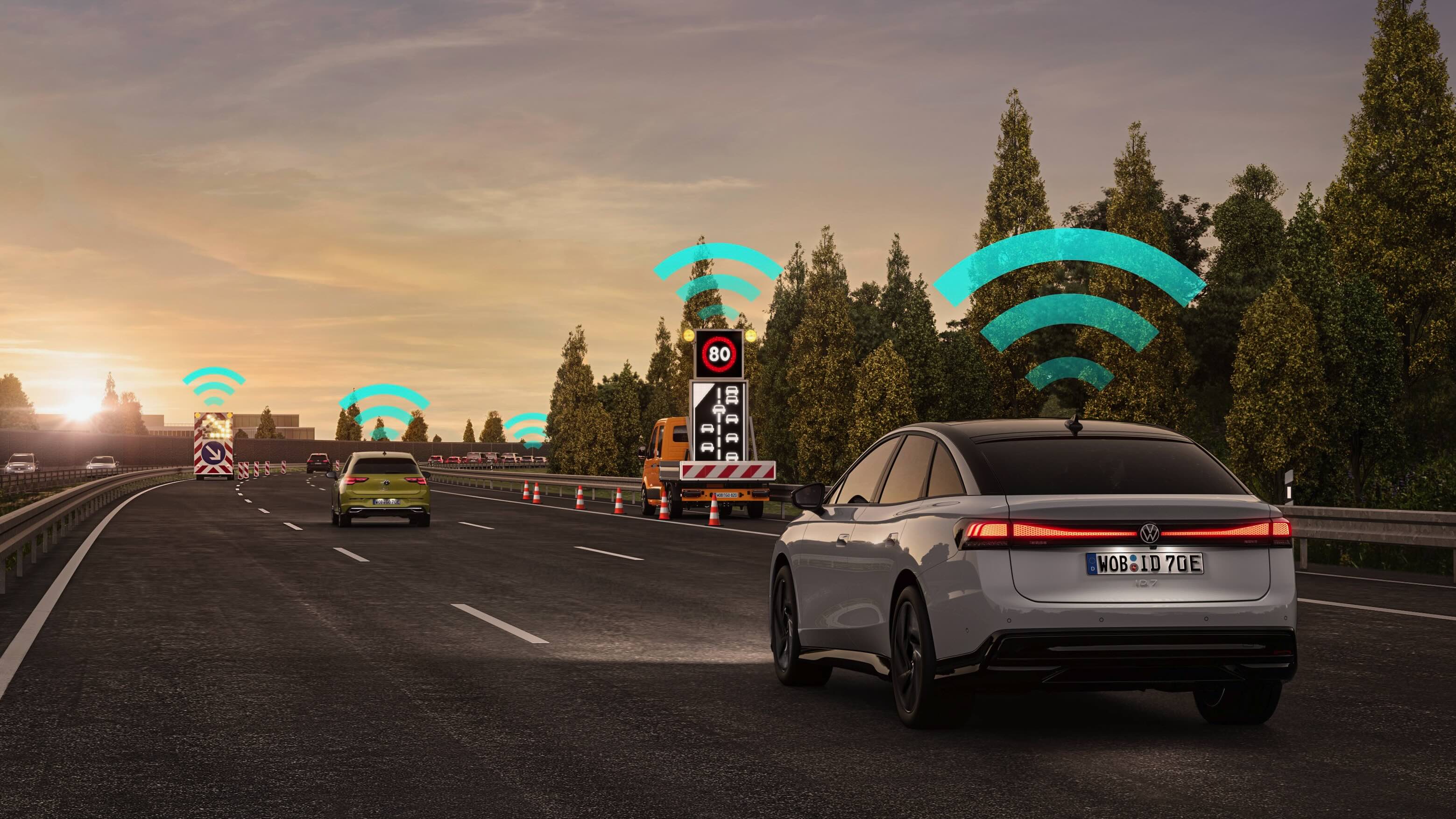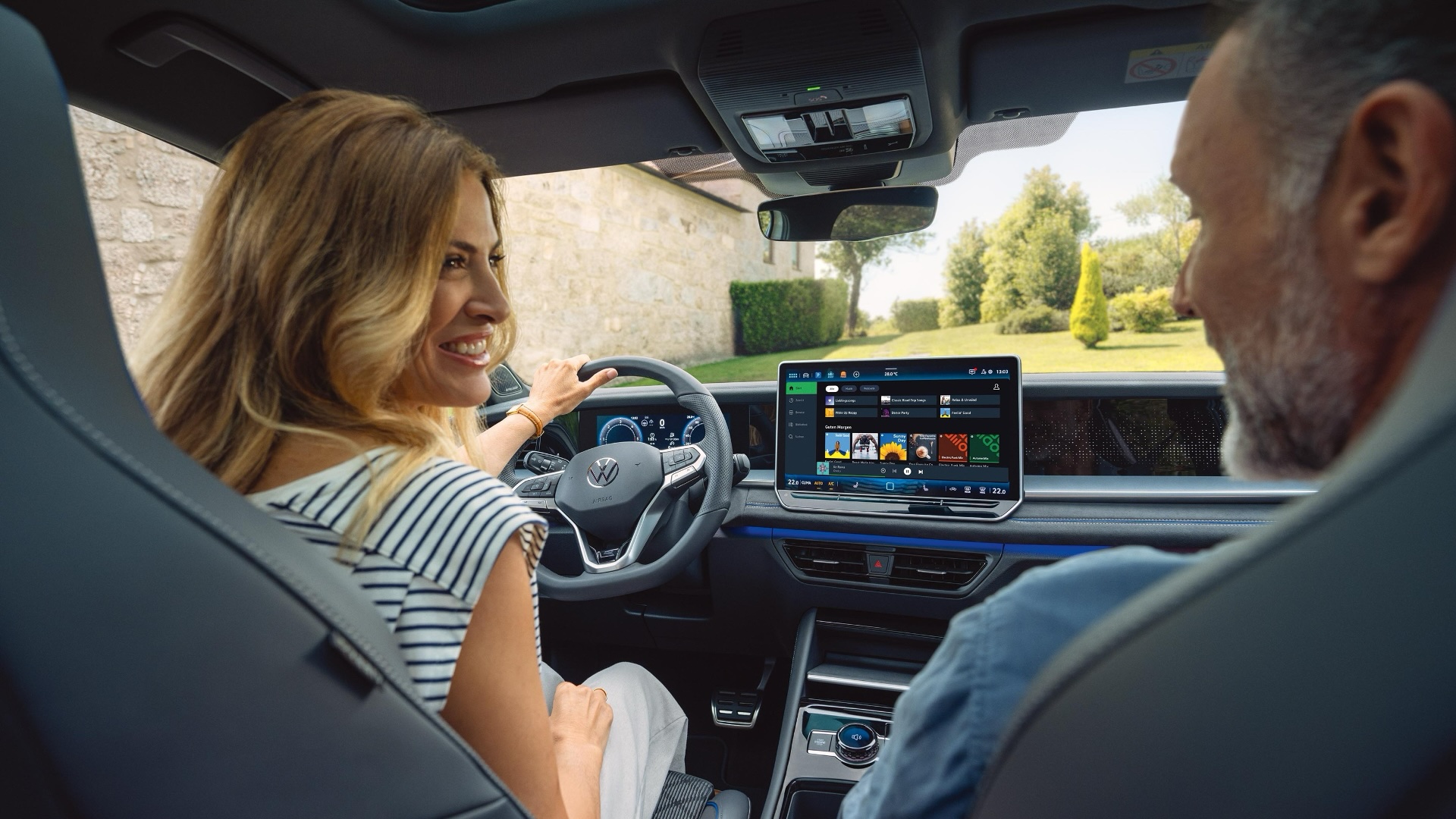What role do VW.OS and VW.AC play in our new digital ecosystem?
Michael Wintergerst is Executive Vice President, Head of Vehicle and Cloud Platform at CARIAD, leading the development of our new operation system, VW.OS, and automotive cloud, VW.AC. In this article, he gives us an insight into both solutions and how they’re helping to define the car of tomorrow.

The automotive sector is one of the fastest growing industries in the world and has come a long way in terms of software and data requirements in particular. To get a better understanding of where we are now, let’s take a look at the situation a couple of decades ago. The idea of domain controllers was popular, whereby software and hardware were assigned to individual, dedicated environments for specific ‘domains’. For example, vehicle motion & energy had its own domain, as did ADAS and power management.
This way of working and organizing software and hardware might have been a good idea at the time, but it also created a lot of duplications across vehicle architectures. As a consequence, a lot of hardware wasn’t being used in the best way possible. Each dedicated domain had its own hardware, so you couldn’t borrow spare computing power from another domain. You weren’t able to take unused power from ADAS and use it in vehicle motion & energy, for example. The same was true for the software side, with a lot of duplications across domains such as security and logging. All of these duplicates made it very difficult to have a consistent architecture of the entire car environment.

What’s the solution?
These past difficulties lead us at CARIAD to the idea of introducing one platform. We’re bundling all requirements from all domains together in VW.OS – the foundation of our new digital ecosystem of software-enabled cars. It hosts and directs all types of applications within the vehicle – comparable to the OS in a smartphone.
With VW.OS, we’re making these duplications a thing of the past and reducing complexity in automotive software. We’re consolidating commonalities across our different solutions and different domains into one platform. The fundamental idea is to have one unified platform for logging, power management, computing, security and over-the-air updates.
In addition to our own operating system, we’re also developing our own automotive cloud, VW.AC. Nowadays, data is needed to carry out a wide variety of tasks in the car – from creating driving profiles, to collecting maintenance information, to enabling state-of-the-art driver assistance system. Together, these tasks demand a massive 50 terabytes of data per car every single day. You simply cannot keep that amount of data in the car.
This is reason that the cloud is such a necessary part of the architecture that CARIAD is developing. It also allows us to run the complex AI algorithms that we’re developing, providing us with significantly more power and storage capacity. VW.AC will accelerate innovation by providing valuable data insights. It’ll speed up testing, building and deploying new ideas quickly and safely. And it will continuously deliver new value to our customers by understanding their needs.

How do VW.OS and VW.AC work together?
There are two key scenarios where the interplay and benefits of VW.OS and VW.AC become clear. The first is the Big Loop. This is the idea of analyzing real-time data from the global vehicle fleet to find out which functions perform well and which don’t. Based on that analysis, we then update the software and release a new version to the fleet. We then gather data from the new version, starting the cycle again.
With VW.OS and VW.AC, we can run the same application in different situations. We can have an application running in the car and, at the same time, we can learn from the driver before bringing a new version of the application to the customer again. The whole application is transferred from VW.AC to VW.OS, where it’s run in a so-called ‘shadow environment’ to collect data on how the algorithms are really behaving. We then bring that back into the cloud and, by analyzing the data, we can get an understanding of whether our algorithms are performing as expected.
The second main scenario where VW.OS and VW.AC present a great advantage is the area of over-the-air updates. These updates were recently introduced to the first ID.3s, and are more than just bug fixes and security updates. They bring entirely new performance capabilities into the car. Via VW.AC, you can download updates for the entire VW.OS via a mobile data connection – similar to the way in which your smartphone receives updates.
Today, when you buy a car, it’s already out of date from a software perspective. But with OTA capability, you can download updates for the car over its entire lifecycle. So, in contrast to the past, the car is always up to date – even years into the future.
Working in tandem, VW.OS and VW.AC will offer huge benefits to customers all over the world and turn the car into a device that’s always connected and always online.
Michael gave an in-depth talk about VW.OS and VW.AC at the IAA Mobility 2021 in Munich. To hear about the solutions from Michael himself, check out the re-stream of his presentation below.

Ooops. Sorry, we can’t play this video
If you want to watch it on YouTube, please click here .
If you want to see the film here, please accept our marketing cookies:




